I had seen this great answer on image conversions using __m128i, and thought I'd try and use AVX2 to see if I could get it any faster. The task is taking an input RGB image and converting it to RGBA (note the other question is BGRA, but that's not really a big difference...).
I can include more code if desired, but this stuff gets quite verbose and I'm stuck on something seemingly very simple. Suppose for this code that everything is 32-byte aligned, compiled with -mavx2, etc.
Given an input uint8_t *source RGB and output uint8_t *destination RGBA, it goes something like this (just trying to fill a quarter of the image in stripes [since this is vector land]).
#include <immintrin.h>
__m256i *src = (__m256i *) source;
__m256i *dest = (__m256i *) destination;
// for this particular image
unsigned width = 640;
unsigned height = 480;
unsigned unroll_N = (width * height) / 32;
for(unsigned idx = 0; idx < unroll_N; ++idx) {
// Load first portion and fill all of dest[0]
__m256i src_0 = src[0];
__m256i tmp_0 = _mm256_shuffle_epi8(src_0,
_mm256_set_epi8(
0x80, 23, 22, 21,// A07 B07 G07 R07
0x80, 20, 19, 18,// A06 B06 G06 R06
0x80, 17, 16, 15,// A05 B05 G05 R05
0x80, 14, 13, 12,// A04 B04 G04 R04
0x80, 11, 10, 9,// A03 B03 G03 R03
0x80, 8, 7, 6,// A02 B02 G02 R02
0x80, 5, 4, 3,// A01 B01 G01 R01
0x80, 2, 1, 0 // A00 B00 G00 R00
)
);
dest[0] = tmp_0;
// move the input / output pointers forward
src += 3;
dest += 4;
}// end for
This doesn't even actually work. There are stripes showing up in each "quarter".
- My understanding is
0x80should be used to create0x00in the mask- It doesn't really even matter what value gets there (it's the alpha channel, in the real code it gets
OR'd with0xfflike the linked answer).
- It doesn't really even matter what value gets there (it's the alpha channel, in the real code it gets
- It somehow seems to be related to rows
04to07, if I make them all0x80leaving just00-03the inconsistencies go away.- But of course, I'm not copying everything I need to.
What am I missing here? Like is it possible I ran out of registers or something? I'd be very surprised by that...
Using
_mm256_set_epi8(
// 0x80, 23, 22, 21,// A07 B07 G07 R07
// 0x80, 20, 19, 18,// A06 B06 G06 R06
// 0x80, 17, 16, 15,// A05 B05 G05 R05
// 0x80, 14, 13, 12,// A04 B04 G04 R04
0x80, 0x80, 0x80, 0x80,
0x80, 0x80, 0x80, 0x80,
0x80, 0x80, 0x80, 0x80,
0x80, 0x80, 0x80, 0x80,
0x80, 11, 10, 9,// A03 B03 G03 R03
0x80, 8, 7, 6,// A02 B02 G02 R02
0x80, 5, 4, 3,// A01 B01 G01 R01
0x80, 2, 1, 0 // A00 B00 G00 R00
)


